Alcohol misuse affects individuals across all genders, but its patterns, consequences, and access to treatment are shaped by a complex mix of biological, psychological, and social factors. Recognizing these differences is essential to building effective, inclusive support systems for those struggling with alcohol use disorder (AUD).
Gender and the Body: How Alcohol Affects Us Differently
Biological sex can influence how alcohol is metabolized. Body composition and mass affect blood alcohol concentration, often leading those assigned female at birth to experience intoxication more quickly than those assigned male, even when consuming similar amounts. But physiological differences don’t tell the whole story.
While alcohol may affect men and women differently in the short term, long-term consequences can be more severe for women. Rates of liver damage, cardiovascular issues, and alcohol-related cancers are rising among women with AUD, suggesting that while the biological response to intoxication varies, the health risks of sustained alcohol use can be equally or more devastating.
Social Norms and the Shaping of Alcohol Use
Societal expectations around gender roles heavily influence alcohol-related behaviors. Alcohol misuse, while stigmatized overall, tends to be more socially accepted among men. Cultural norms often portray male drinking as a stress-relief mechanism or even a badge of strength, particularly in environments that promote heavy alcohol use, such as sports events, certain workplaces, or college campuses. The ability to “handle your liquor” is still commonly associated with masculinity.
Women, on the other hand, tend to face heightened shame around alcohol misuse, especially when they occupy caregiving roles. These societal pressures often lead women to hide their drinking, delay seeking help, or downplay symptoms of dependence. Caregiving responsibilities can create logistical barriers to treatment, such as a lack of childcare or the inability to take time off for inpatient care.
For nonbinary and transgender individuals, the risks are compounded. Members of the LGBTQ+ community face higher rates of alcohol use disorder, driven in part by the added stress of stigma, discrimination, and lack of culturally competent care. These intersecting challenges make it harder to find treatment environments that feel safe and affirming.
Breaking Down Misconceptions
Persistent misconceptions about alcohol use continue to create barriers to recognition and care. One common myth is that someone can’t have an alcohol use disorder if they’re still “functioning”—holding a job, taking care of children, or maintaining some sense of routine. In reality, alcohol dependence often builds gradually, and serious consequences don’t always appear immediately.
Another widespread misunderstanding is that addiction looks the same across genders. In truth, the pathways into alcohol misuse are often shaped by trauma, life experiences, and social pressures that differ across the gender spectrum. Trauma, especially related to domestic violence or sexual assault, can play a central role in alcohol use for many women, while men may be more likely to engage in risk-taking behaviors such as driving under the influence.
A Gender-Responsive Path to Addiction Recovery
Effective treatment must take these differences into account. A gender-responsive approach means recognizing that the causes of addiction and the support needed for recovery are not one-size-fits-all.
This includes designing treatment programs that address the full context of a person’s life. Integrating parenting support into substance use treatment, offering peer recovery coaching tailored to shared gender experiences, and ensuring access to trusted childcare are all critical steps in removing barriers to care, particularly for women and caregivers.
For LGBTQ+ individuals, creating safe, gender-affirming spaces is essential. This might involve offering gender-specific therapy groups, allowing individuals to choose groups where they feel most comfortable, and training staff to provide culturally responsive care.
Reducing Stigma, Expanding Access
To truly support individuals of all genders, the stigma around alcohol use must be actively challenged. Messaging that reinforces the idea that someone can be a loving, capable parent while managing an alcohol use disorder is vital to increasing treatment engagement, especially for women who fear judgment or custody loss.
Reducing shame, improving education, and expanding access to inclusive, flexible treatment options can help close the gender gap in care. Some effective strategies include:
- Normalizing help-seeking by promoting recovery as a strength, not a weakness, across all genders.
- Integrating childcare and parenting support into treatment programs to reduce logistical barriers for caregivers.
- Creating gender-affirming environments with staff training and peer supports tailored to LGBTQ+ individuals.
- Offering flexible treatment formats, such as telehealth or outpatient care, to accommodate work and family responsibilities.
- Promoting gender-matched peer coaching, such as moms in recovery supporting other mothers.
- Encouraging honest, judgment-free conversations about alcohol use across families and communities.
With the proper support in place, individuals of all gender identities can access the care they need and build lasting recovery. Alcohol misuse is a complex issue, but by addressing the nuances of gender, we can create a more inclusive, effective path to healing.
If you or a loved one are struggling with addiction or co-occurring disorders, call the New England Recovery Center today at 1-877-MyRehab.










